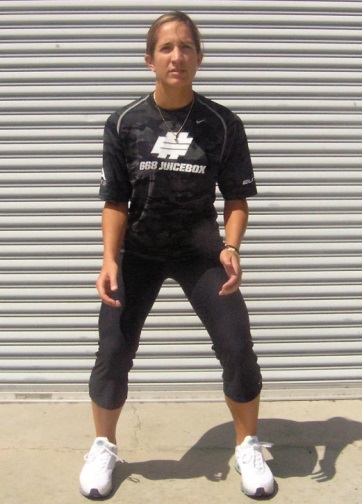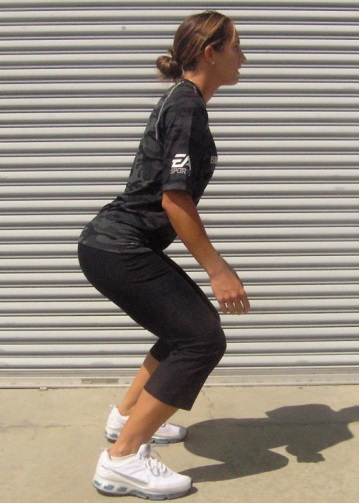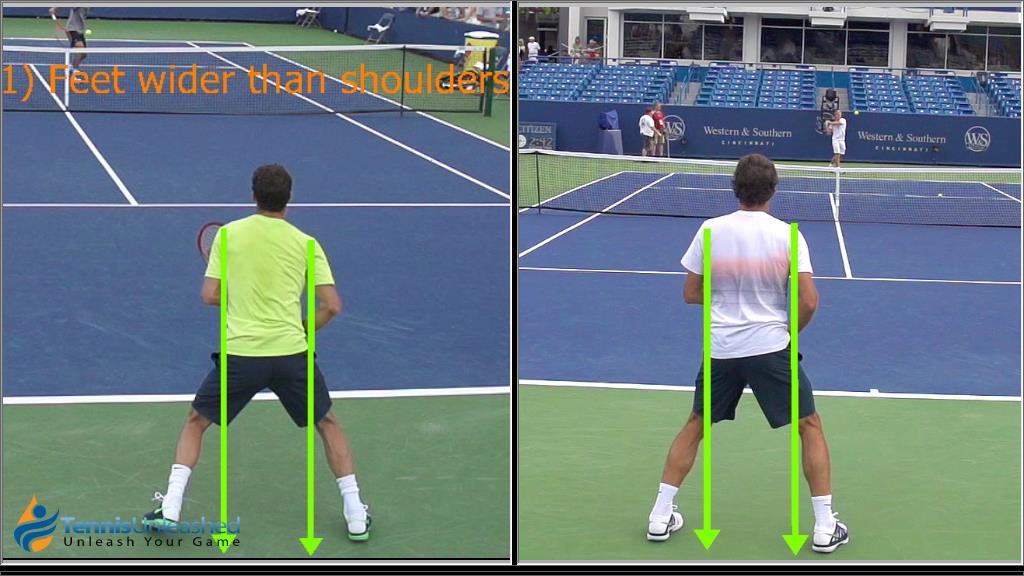Hi there, everyone. Man, it has been a LONG time since I last wrote a post for our blog. In fact, I think it's been several years since I last posted regularly. Some of you reading this will have no idea who I am or what I'm doing intruding on the great content of SAPTstrength.com. Others of you will be wondering where-in-the-hell I've been hiding. Either of those are great concerns and I'm here to (re)introduce myself and, most importantly, let you all know what's been going on behind the scenes at SAPT for the last couple of years and some of the new initiatives we're embarking upon to ensure our vision is reached.
Buckle-up, this may get bumpy (or long-winded).
First things first: My name is Sarah Walls and I founded SAPT in 2007 and continue to act in the role of president of the company.
Now, for the meat. I'd like to tell you what's been going on behind the scenes at SAPT, starting off with myself: Over the past 5 years I've become a mother (two times over), I officially concluded my career as a college strength coach (2 years ago) to focus solely on my businesses, we added a second SAPT "satellite" location in Tysons (1.5 years ago), and I (this is a soft I) have both developed and started a software company that focuses on improving the work-life balance of those in the fitness industry by providing some killer business-grade solutions.
I had a feeling that it would be tough - maybe impossible - to build software. Something we knew NOTHING about. Really, nothing. Plus, SAPT isn't some mega-corp with cash flowing in hand-over-fist. From the get-go, I knew that our staff would be stretched beyond what is reasonable to expect. I also knew our financial resources would be completely tapped by this project. But, I had confidence in both myself and my staff to have the ability to defy all reason with our capacity for conquering any challenge. We'd been defying logic for years already!
For the sake of cutting-to-the-chase, we did it! Concentric Brain is a reality. A reality that is awesome and that is solving problems for fitness professionals all over the country (soon to be world). Along the way, there were many more barriers than I expected or had ever experienced. We're still going through them, in fact!
But, I was anxious to begin pouring effort back into SAPT to repair the cracks that developed from pushing so hard for over a year. As the development wrapped, I began that process. It began with hiring more full-time coaches (Charlie & Jarrett). And that accelerated focus is continuing with what I will lay out for you below.
My own professional development has become the biggest - and most important - challenge I can tackle. I have a goal of making SAPT (and Concentric Brain) synonymous with the idea of the best experiences in the world. This starts with my staff. Over the past few months I have challenged myself to rise to the occasion of running two companies with 8 full-time employees, plus our amazing part-time staff, and many contractors. On a small scale, SAPT coaches have always been quite the satisfied bunch, professionally speaking. My challenge is to learn how to scale that!
On this "adventure" of self-education I have made some amazing discoveries, had incredible experiences, and - most importantly - I think I'm actually starting to do a decent job in developing both companies. How can I tell? Well, just take a look at what we've got planned and what we have already executed.
- FACILITY: Now we're preparing to take several big steps forward! We're more than doubling our training floor space at our current Fairfax location. We've also secured marked, dedicated parking for SAPT clientele. The new space will be cavernous, to say the least, with plenty of room for amazing training sessions, community events, athlete lounge, practice rentals, classroom sessions, and anything else we can think of to enhance our clients' experiences with us!
- SCHEDULE: We recently expanded to open on Sundays! Wow, we've been getting requests for Sundays for years. And, the first couple weeks has not disappointed! Sundays are a pilot for us right now, so please, gobble them up so we can make the easy decision to keep offering them as we move into the summer months.
- CONTESTS: To kick off our celebration of defining what we're best in the world at - client experience - we'd like to announce our first two competitions!
- COACH UPDATES: Our coaches are simply amazing. Check out the bio page to get more info.
- COMMUNITY: We've got an entire year of events planned to enhance the experience the local community has with SAPT and to enhance the experience our clients have. Please check out our new Events page for more information. Our next event will be Kettlebells, One Piece of Equipment: Unlimited Conditioning Potential.
- INNOVATION: As we continue to find new innovative and fun ways to serve others and show the community why "SAPT Cares the Most" you can expect to see an increasing number of opportunities to engage with us. If you have ideas on how to make this happen or how we can serve you better, please let me know directly!
Finally, we have been working very hard on taking our internal culture to the next level. Here are a couple tidbits as it relates to our clients and how we conduct business:
Our Promise to You is that every decision we make will directly be measured against client experience. We believe we can provide a world-class client experience and are doing everything to make sure that alignment occurs.
SAPT's Core Values (the nexus of which makes us so darn special):
- We care the most: no rock is left unturned to ensure every last detail is addressed.
- Innovation: one of our main drivers is the focus on continuous innovation.
- Have fun: Seriously. We ALL do this because it is awesome. Fun is a serious focus.
Alright, well I'm going to leave it a that. Hopefully, this post has helped shed some light on what we've been up to the past couple years, in particular.
If you have any questions or comments for me, let me hear 'em!
#mc_embed_signup{background:#fff; clear:left; font:14px Helvetica,Arial,sans-serif; } /* Add your own MailChimp form style overrides in your site stylesheet or in this style block. We recommend moving this block and the preceding CSS link to the HEAD of your HTML file. */
Subscribe to our Strength Feed








